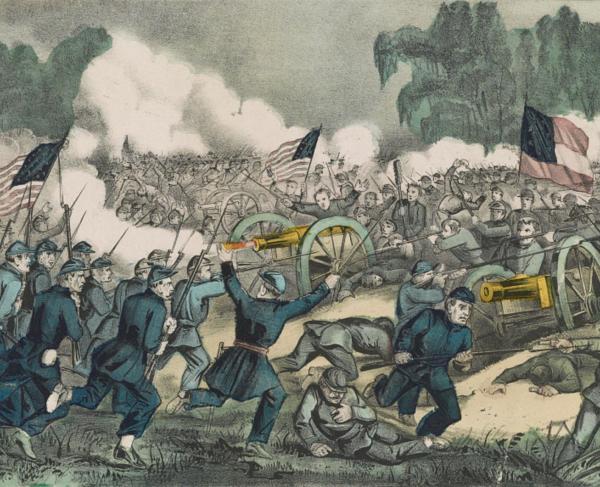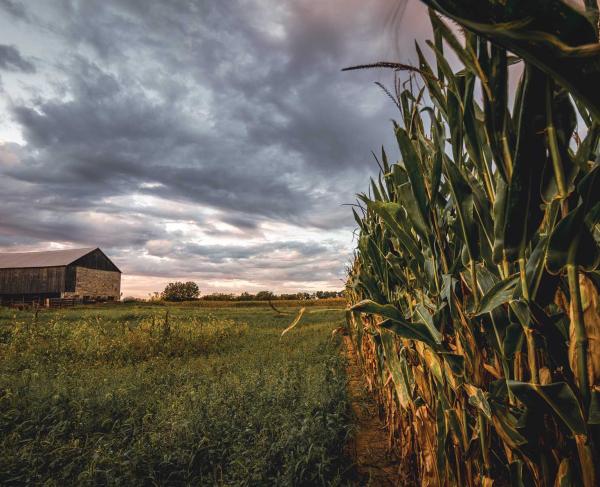The East Woods in Photos
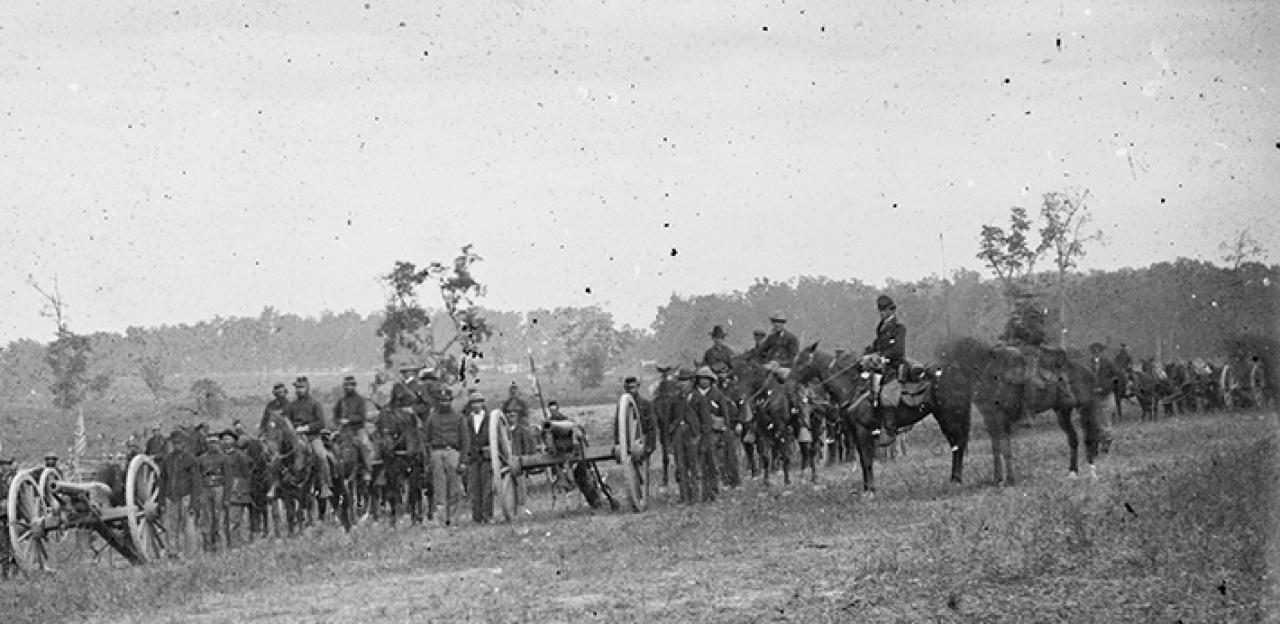
In September 1862, General Robert E. Lee led the Army of Northern Virginia on its first invasion of the North. In response, Union General George B. McClellan gathered his army in Maryland to strike a decisive blow. After fighting at South Mountain and Harpers Ferry, the armies met along the banks of Antietam Creek, near the town of Sharpsburg, Maryland. The heaviest fighting of the Battle of Antietam took place in the corn and stubble fields between three stands of trees, later called the West Woods, the North Woods and the East Woods.
The Mumma Farm and the East Woods
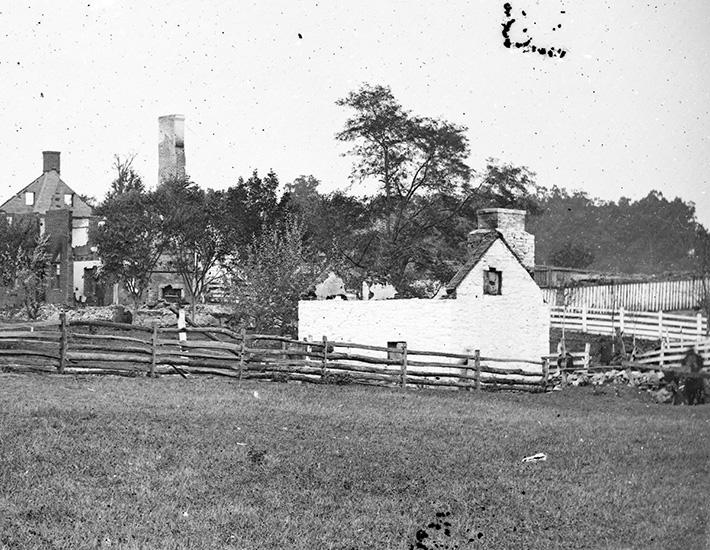
On the evening of September 16, 1862, Confederates advanced by the Mumma buildings and into the woods beyond. There, they met Pennsylvania Reserves soldiers under General George Gordon Meade. A sharp skirmish ensued. A Mississippi colonel fell dead. A Pennsylvania officer went down. Many others on both sides were killed or wounded before the Confederates withdrew. The Reserves spent the night in the bloodied woods, soon to be known for all time as the East Woods. This photo was taken just days after the battle, with the Mumma farm in ruins.
Knap’s Pennsylvania Battery and the East Woods
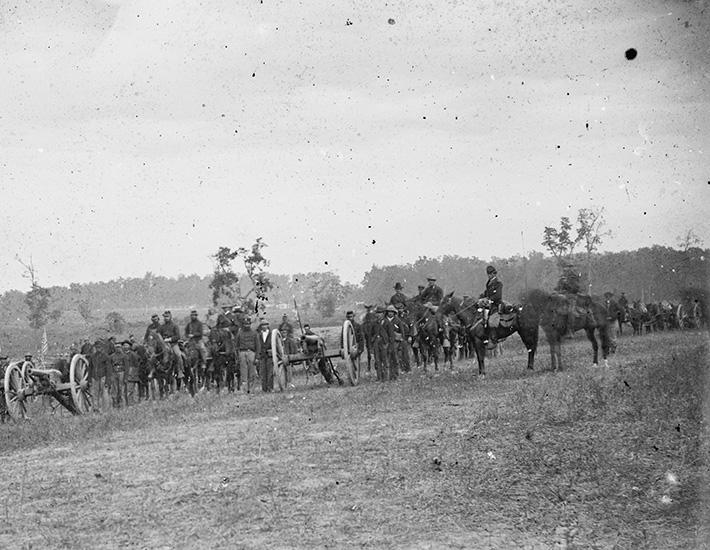
The Pennsylvania Reserves awoke early on the 17th and pushed back the Rebel pickets in their front. The Union was launching a series of assaults generally moving from north to south. The Reserves along with the better part of General Joseph Hooker’s First Corps moved from the East Woods (visible in the distance, toward the camera position, but were stymied by powerful Confederate counterattacks.
The Twelfth Corps Attacks

Later that morning the Union Twelfth Corps entered the fray under its brand new commander, General Joseph K. Mansfield. Alabamians, Texans and Georgians pushed into the East Woods to slow the Union advance. General Mansfield was mortally wounded in the East Woods right at the outset. Mansfield’s men continued onward through the East Woods and directly over the Civil War Trust 2015 target parcel, comprising the land in the middle distance.
Fighting in the East Woods
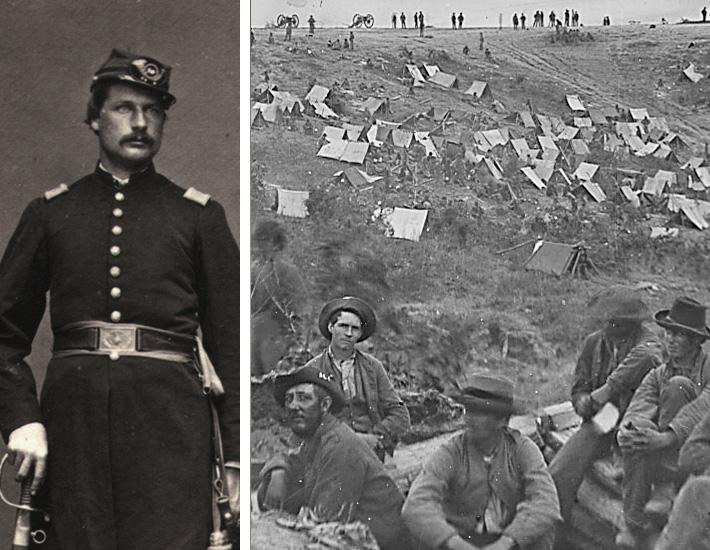
As the Twelfth Corps advanced, Lieutenant Albert H. Johnson (left) of the 10th Maine Regiment pushed through the East Woods and received a head wound. Rugged veterans (such as those pictured at right) from Confederate General John Bell Hood’s famed division opposed the Union advance. The man at left wears hat brass of the 4th Alabama—a unit directly opposing the 10th Maine.
Beyond the East Woods
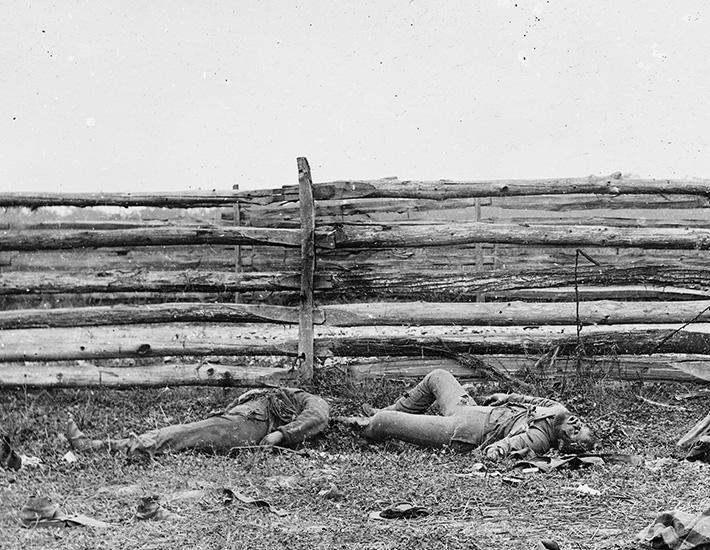
Next, General John Sedgwick’s division arrived on the field and marched through the East Woods (visible between the fence rails), directly toward the camera position along the Hagerstown Pike. Sedgwick’s men met disaster in the West Woods, however, and retreated. By then, Union infantry and artillery had formed a strong line of defense in and around the East Woods, creating a powerful deterrent against any further Confederate attacks on the north end of the battlefield.
Camping in the East Woods

Private Henry Newton Comey (left), 2nd Massachusetts Infantry, was among those positioned in the East Woods as Sedgwick’s men retreated. Comey passed through Antietam unscathed and wrote the following day, "We had a hard fight yesterday, but we held the ground this time.” Afterward, generals and privates alike camped on the bloodstained ground in the East Woods. After recording photos of the dead, photographer Alexander Gardner took the photo at right of General Caldwell with staff in the East Woods.
Memorializing the East Woods

With more than 23,000 casualties, Antietam emerged as the bloodiest single day of the Civil War. Veterans returned to the site to remember and honor their deeds and sacrifices. Here, in 1889, survivors of the 10th Maine were photographed on the very land the Civil War Trust hopes to preserve. The view looks toward the site of General Mansfield’s mortal wounding. Mansfield was later memorialized on the field with a mortuary cannon and a tall monument near the place where he fell.
The deeds, photos, memorials and Battlefield of Antietam combine to form a collective memory and an outdoor classroom for all Americans. And to this day, the East Woods looms large over the scene of America’s bloodiest day.
